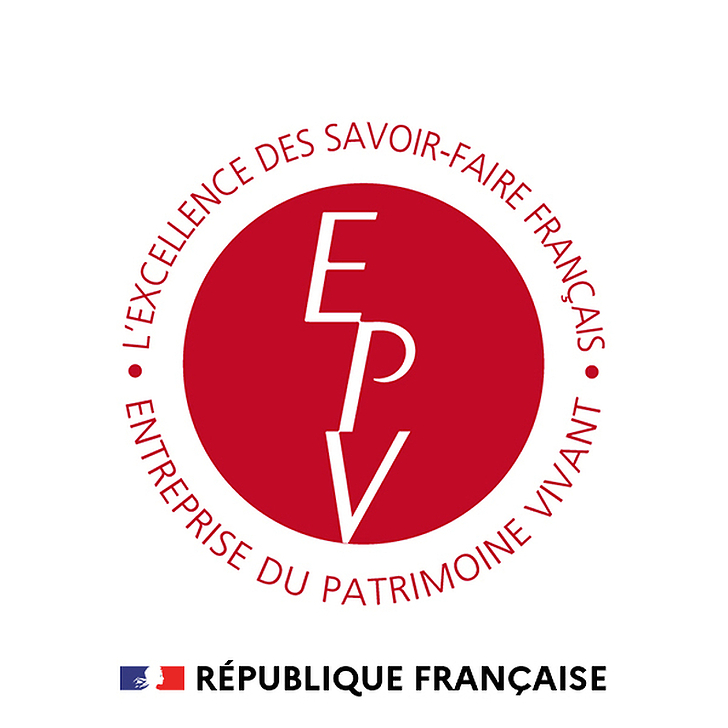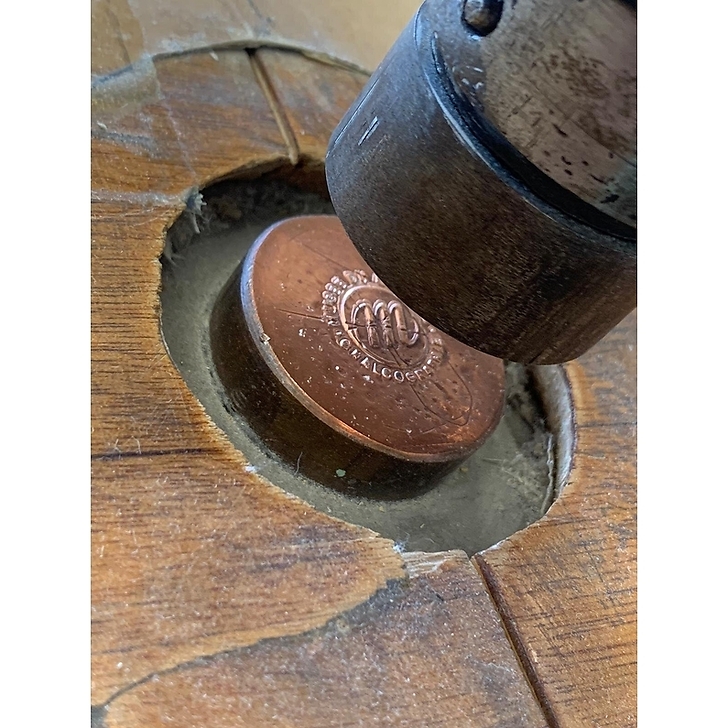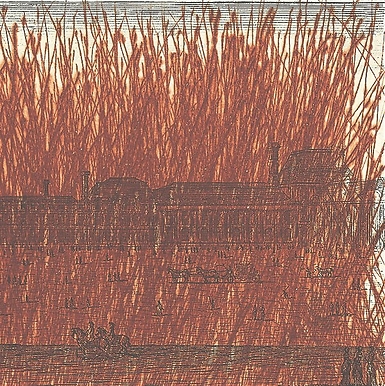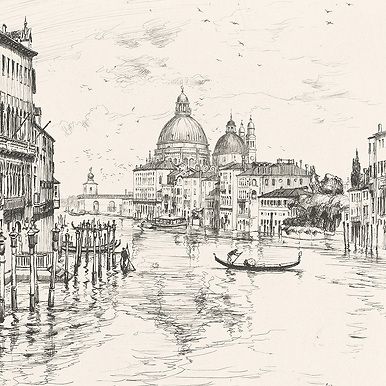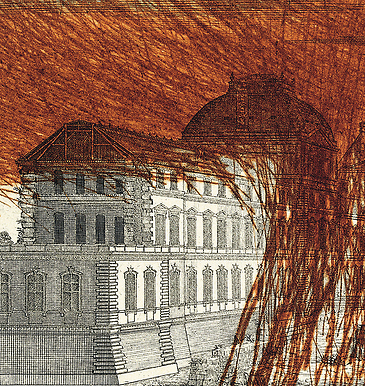Engraving Thebes. Karnak. Interior perspective view of the palace
KM004762
Thebes. Karnak. Interior perspective view of the palace, taken from the east
The Ultimes are prints made from the original etching plates in the Chalcographie collection at the Musée du Louvre before they were put into storage for preservation reasons.
For reasons of preservation, it was decided to...
Read more
Thebes. Karnak. Interior perspective view of the palace, taken from the east
The Ultimes are prints made from the original etching plates in the Chalcographie collection at the Musée du Louvre before they were put into storage for preservation reasons.
For reasons of preservation, it was decided to stop printing plates engraved before 1848. Before they left the Ateliers to go into the Louvre's reserves, some were printed one last time. These are the last ones. Each print is dated, numbered and stamped, and is sold with a certificate of authenticity, in a limited edition of 10.
In addition to its military dimension, the Egyptian campaign (1798-1801) also had a scientific purpose. The army corps were accompanied by the Science and Arts Commission, which was responsible for carrying out all kinds of research on Egypt. On their return, they set to work on La Description de l'Egypte, a monumental encyclopaedia consisting of 23 volumes of text and plates. The plates, all based on observations and drawings made in Egypt, cover a wide range of subjects and are of the highest quality.
Here, Coquet (active around 1790-1810) depicts the Temple of Amun-Re at Karnak, and more specifically, its Hypostyle Hall, one of the most famous - thanks to its 5,000m2 and its 134 gigantic columns. This is a reconstructed view, restoring the ceiling in particular, and incorporating 'antique' figures that serve as a scale for the rest of the hall. The hieroglyphs and friezes on the walls are rendered with remarkable precision, testifying to the concern for accuracy of the expedition's scientists and artists.
Sheet dimensions (cm) : H. 76 × W. 56
Plate dimensions (cm) : H. 64 × W. 42
Close
Sold by GrandPalaisRmn




